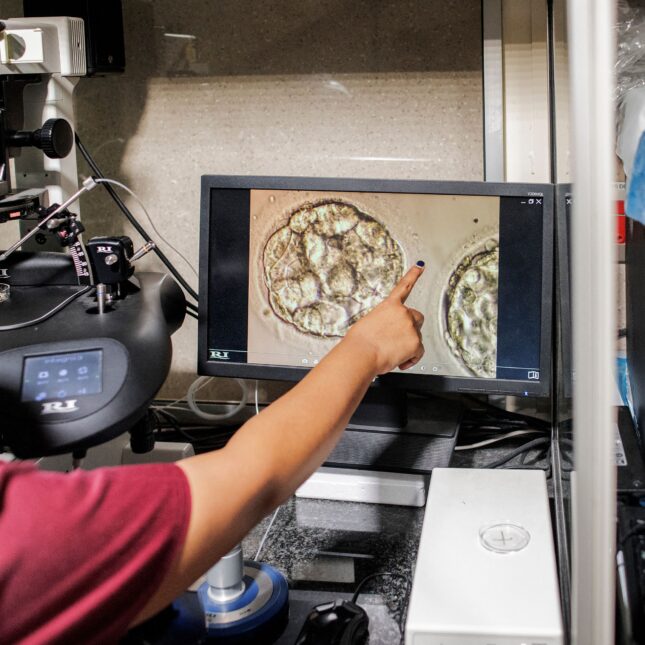
LONDON — Scientists at this year’s genome editing summit spent Tuesday showing the world just how far CRISPR-based medicines for treating human diseases have come in a decade. But Wednesday was an exhibition in how far the same technology has to go before it might be safely used to alter the genetic afflictions people may pass on to future generations.
On the third and final day of the Third International Summit on Human Genome Editing, the leading world experts in germline editing — that is, the practice of altering the DNA of sperm, eggs, and embryos — took center stage at the Francis Crick Institute in London to share their latest work.
Some of it was so new it hasn’t yet been published. Katsuhiko Hayashi is a pioneer of in vitro gametogenesis, or IVG, who has spent the last 15 years pushing the reproductive boundaries of rodents, including producing functional mouse sperm and eggs from stem cells — both with the help of support cells and entirely in a test tube. He revealed his latest creation on stage in London: Mice with two biological fathers.















Exciting news! STAT has moved its comment section to our subscriber-only app, STAT+ Connect. Subscribe to STAT+ today to join the conversation or join us on Twitter, Facebook, LinkedIn, and Threads. Let's stay connected!
To submit a correction request, please visit our Contact Us page.